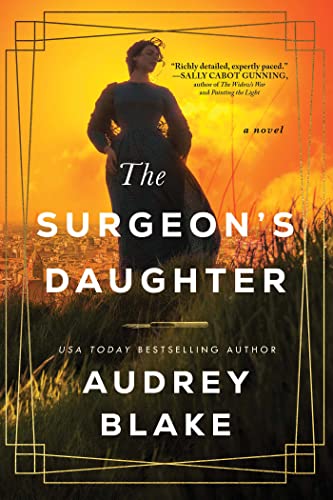
About the Book
Women’s work is a matter of life and death.
Nora Beady, the only female student at a prestigious medical school in Bologna, is a rarity. In the 19th century women are expected to remain at home and raise children, so her unconventional, indelicate ambitions to become a licensed surgeon offend the men around her.
Everything changes when she allies herself with Magdalena Morenco, the sole female doctor on-staff. Together the two women develop new techniques to improve a groundbreaking surgery: the Cesarean section. It’s a highly dangerous procedure and the research is grueling, but even worse is the vitriolic response from men. Most don’t trust the findings of women, and many can choose to deny their wives medical care.
Already facing resistance on all sides, Nora is shaken when she meets a patient who will die without the surgery. If the procedure is successful, her work could change the world. But a failure could cost everything: precious lives, Nora’s career, and the role women will be allowed to play in medicine.
My Review
I’ve become quite fascinated recently with having a better understanding of women’s healthcare and how things came to be. I finished The Lobotomist’s Wife last month and when I read the synopsis of The Surgeon’s Daughter, I was intrigued to learn more about a time when the Cesarean section was a groundbreaking surgery. I dove in unsure what to expect – historical fiction, especially dating so far back is not my preferred genre – but I do enjoy something different from time to time. It was quite fascinating to read about the medical world in the 19th century – from Cesarean still being a new concept, even something like anesthesia being brand new, but also the role women played. Seeing female professionals belittled so easily by their male counterparts is something our world still struggles with today, but to see how women took such risks to help others – especially women – was inspiring. There were several passages making note that often a woman could help another woman more efficiently than a man because they understand the woman’s body more, and I once again couldn’t help but think of our world today and the amount of men that want to make decisions about the female body. It makes you wonder just how far society has really come.
This novel was thought-provoking, engaging and while at times it was long and the dialogue wasn’t the easiest to follow along with, it still provided several lessons throughout the chapters. Learning how the world of medicine once was and imagining these women that pioneered and preserved in a male-dominated field is again, inspiring. I wasn’t aware this was actually following the novel The Girl in His Shadow, but I had no issue following along the storyline. We also have a dash of romance in here, and I’m glad I decided to give this a chance.
4 stars

